Ammonia/Hydrogen Combustion
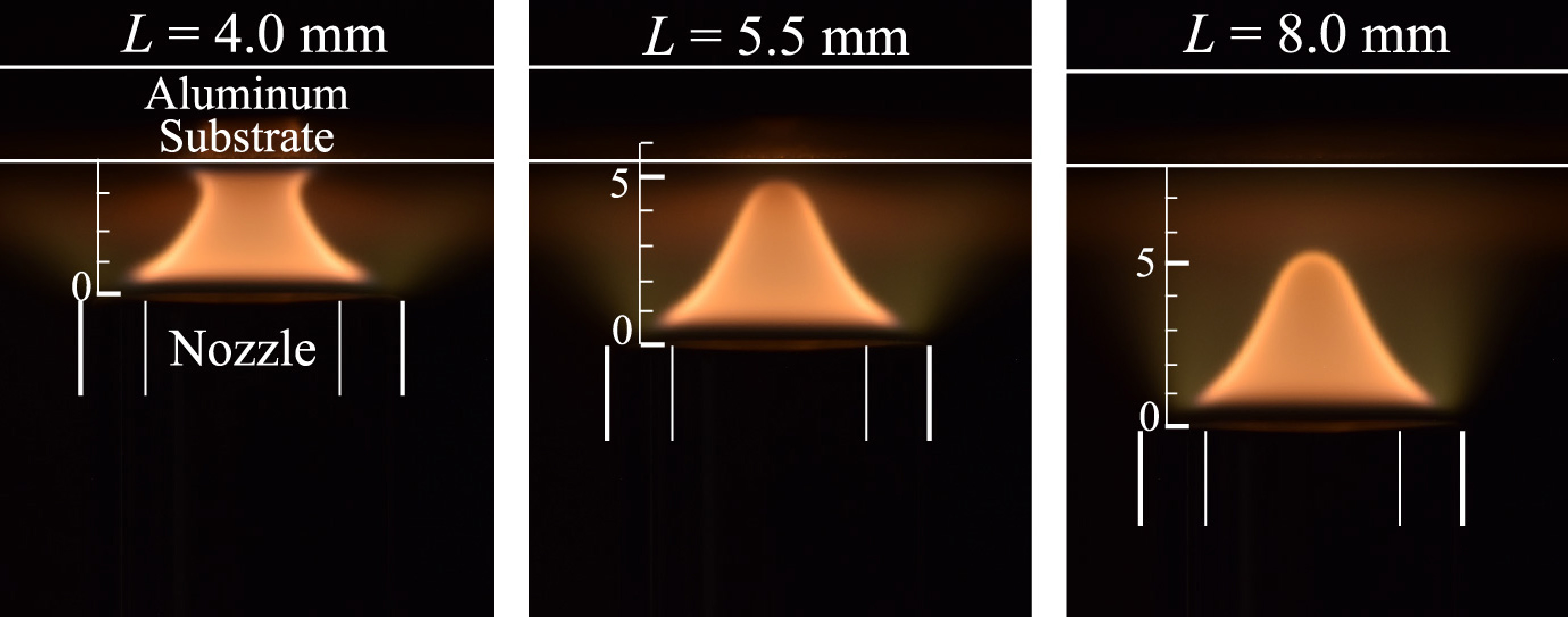
Ammonia combustion and hydrogen combustion are attracting attention to develop a carbon-neutral society. However, ammonia burners and hydrogen burners respectively produce abundant nitrogen and hydrogen radicals, so when they are applied to industrial furnaces, there are concerns that undesireble nitridation and embrittlement may occur on the surface of heated metals. The objective of this theme is to investigate the effects of direct heating with ammonia/hydrogen flames on the surface composition of metal materials. We are worling on this shubject as a NEDO-GI project.
Wall Chemical Effect
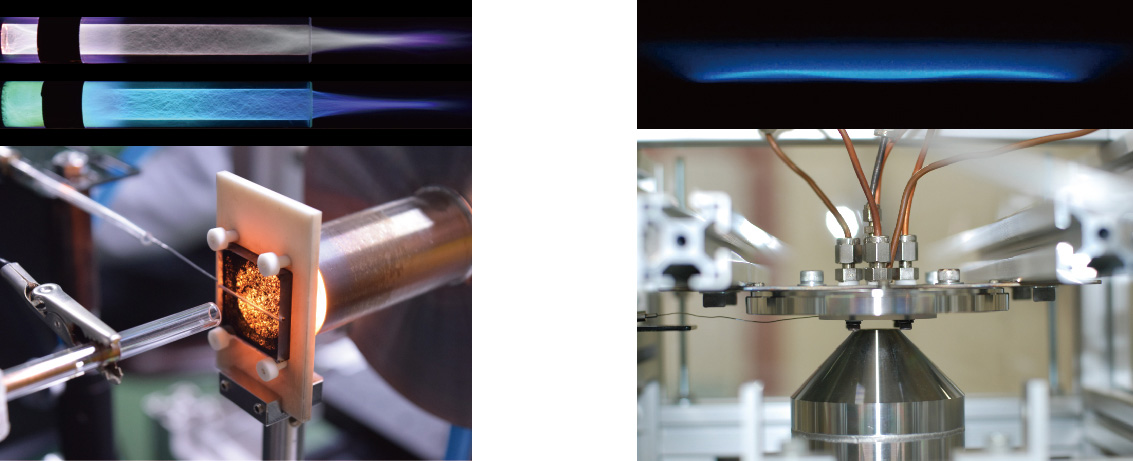
Flames formed near solid walls are strongly influenced by the wall, and thus the combustion characteristics deteriorate significantly, especially in small combustors. This is called the wall quenching phenomenon, and there are two types of quenching: a thermal effect caused by heat loss to the wall, and a chemical effect caused by surface reactions of radicals on the wall surface. However, the chemical effect has remained unclear because it is difficult to evaluate. The objective of this theme is to elucidate and model the chemical effect by using original radical surface reaction evaluation techniques.
Sabatier Catalytic Combustion
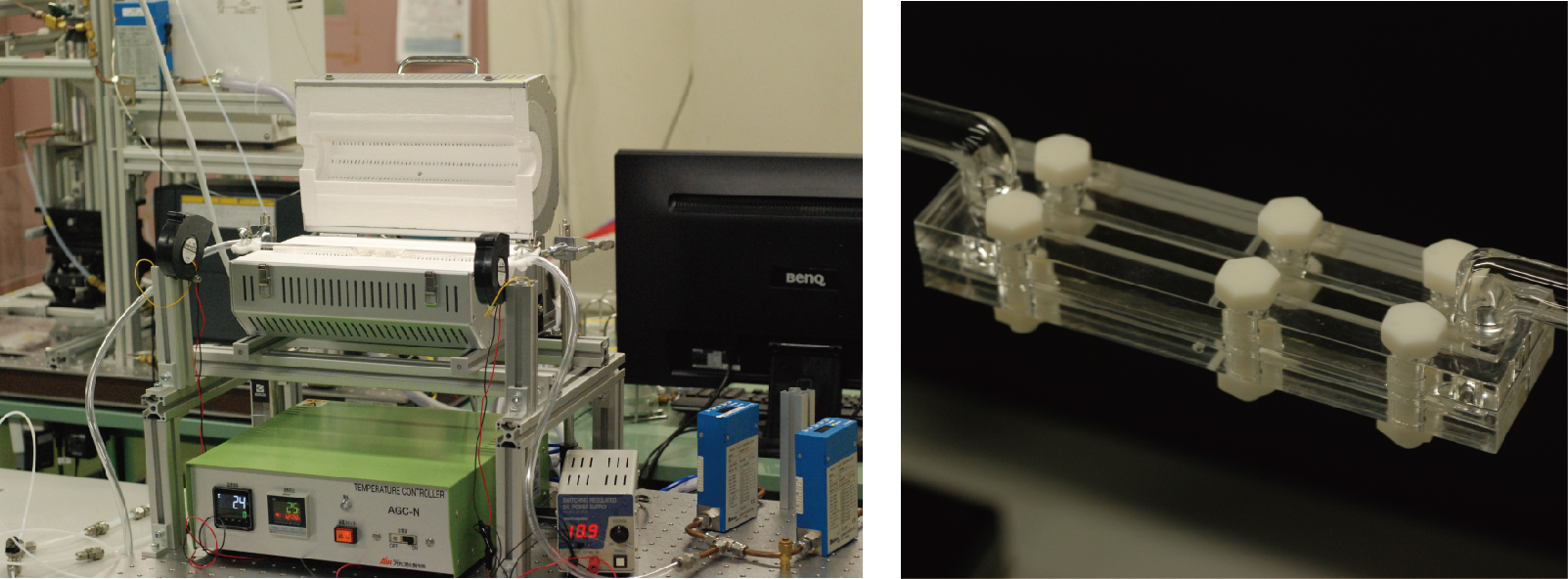
The Power-to-Gas concept, which stores intermittent natural energy in the form of fuel gas, is attracting attention, and Sabatier catalysis plays an important role as a technology for producing methane from carbon dioxide and hydrogen. Nickel and Ruthenium are frequently used as catalysts, but there are many issues such as carbon deposition. Therefore, the development of new catalysts is of great importance. The objective of this theme is to explore the possibility of the Sabatier reaction in metals, which has not received much attention so far, by using thin film technology and micro-channels.
Direct Measurement Technique for Surface Reaction
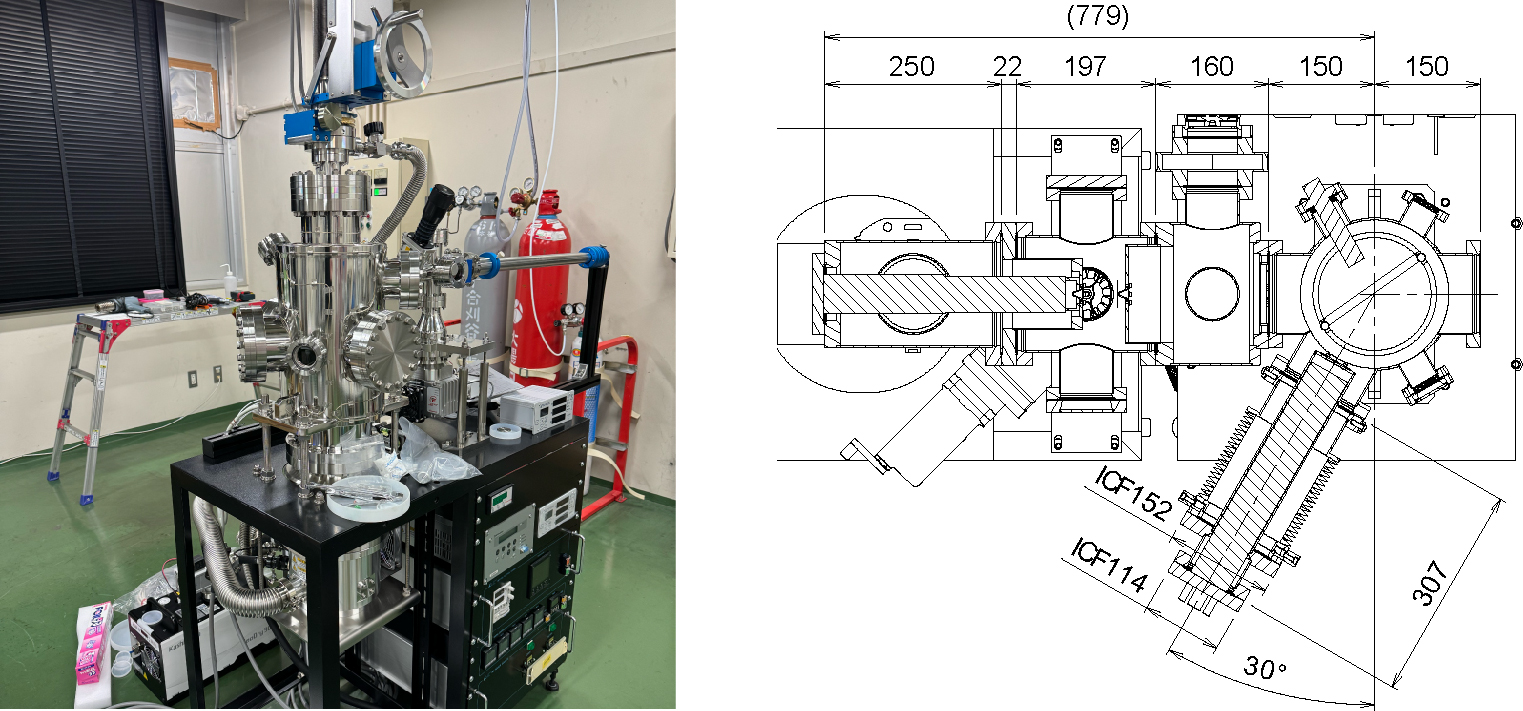
Surface reactions consist of elementary processes such as adsorption, surface diffusion, associate reaction and desorption, but direct evaluation of these elementaly steps is not straightforward task. In particular, quantifying surface reactions of radicals is extremely difficult. In this theme, a new molecular beam scattering and temperature-programmed desorption device will be developed to understand surface reaction phenomena involving radicals and model their detailed reaction mechanisms.
Numerical Simulation for Surface Reaction
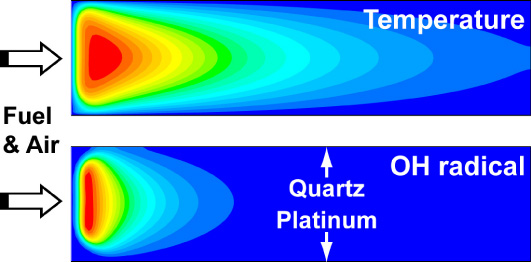
In parallel with the surface reaction experiments mentioned above, numerical simulation are also carried out. To represent the catalytic reaction or the flame structure near the surface, the gas/surface phase reactions as well as the heat and fluid flow (continuity equation, Navier-Stokes equation, energy conservation equation, chemical species conservation equation, equation of state) are simulated. It is useful for modeling detailed mechanisms of surface reactions.
Active Control of Gas-turbine Combusion
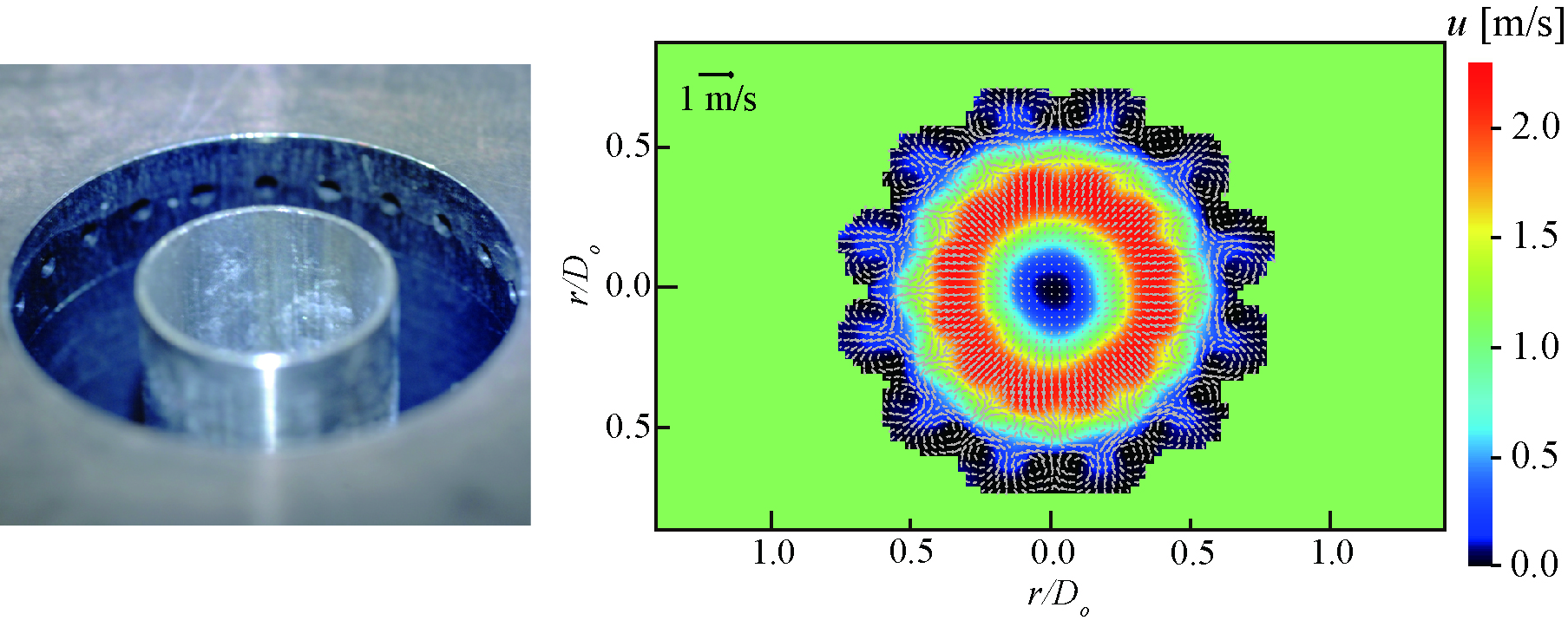
Small combustors used in micro gas turbines, which play a critical role in distributed energy systems, face challenges in maintaining clean and stable combustion due to high load fluctuations. In this theme, fuel and air coaxial jet, which is a typical flow configuration in gas turbine combustor, are actively controlled with micro jet actuators installed on the inner surface of the coaxial nozzle. Through flexible manipulation of the vortex structures and the associated fuel and air mixing process, the combustion characteristics are improved under different load conditions.





